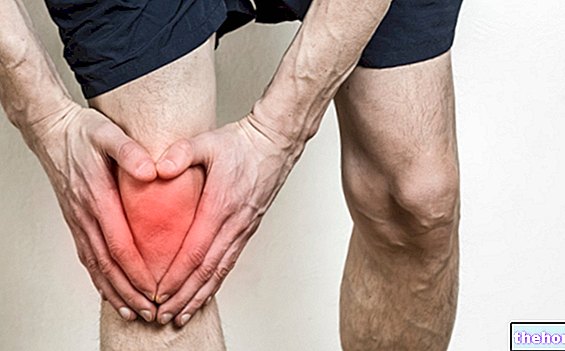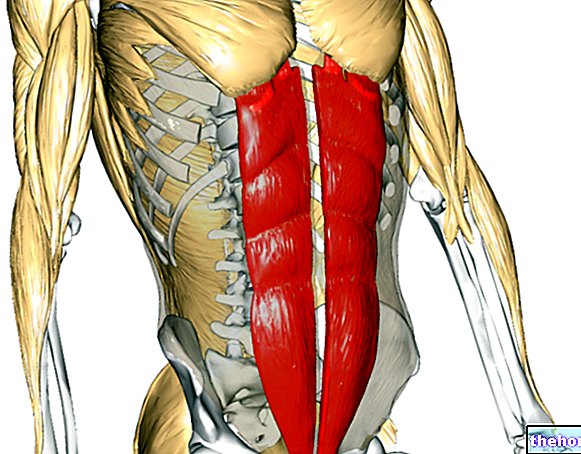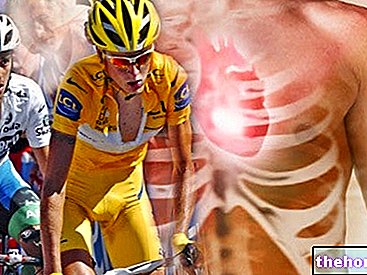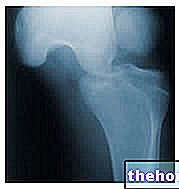Edited by Dr. Stefano Casali
The mechanisms of MIS
MIS occurs through two fundamental mechanisms:
Mechanical or haemodynamic type, linked to an irrepressible bleeding as in the case of rupture of the aorta or a cerebral aneurysm;
Of the electrical type, cardiac arrest is due to the onset of a lethal arrhythmia. Prevailing mechanism (over 80% of cases), the fatal arrhythmia is generally represented by ventricular fibrillation (VF), in this "alteration" the electrical activity of the ventricles becomes totally disorganized for which the myocardial cells contract in a chaotic way and the heart actually stops (cardiac arrest). However, VF is only the ultimate expression of a series of complexes that require the concurrence of two fundamental elements to be realized: diseased myocardium and the intervention of triggering factors.
Among the triggering factors, the most important is represented by ischemia, ie the lack of blood flow to an area of the heart muscle.
In a number of subjects, ischemia can occur in the absence of the typical chest pain (angina pectoris). In athletes, this phenomenon, called silent myocardial ischemia, has been linked to a decreased perception of pain (or to a higher pain threshold) due to a higher level of endorphins, substances similar to morphine that are produced to a greater extent during exercise. In these subjects, symptoms such as "shortness of breath" "exercise sickness" should not be underestimated. An important role can be played by any ionic and / or metabolic imbalances eg. dehydration, a drop in the blood concentration of magnesium or potassium or blood sugar (marathon, football match in a hot environment).
Psychic stress has long been recognized as a key element in determining sudden death in general and also of MIS (prevalence of fatal events in official competitions compared to training), therefore the cardiac autonomic nervous system is of considerable importance. The recovery phase after a sports competition is very delicate for the purposes of the possible onset of arrhythmias, especially when the effort is abruptly reduced and the heart rate decreases much faster, the onset of marked arrhythmias and syncope is possible. Compared to the sedentary subject. in the trained subject there is a reduction of the sympathetic tone at rest with hypervagotonia and with the same intensity of effort, a minor increase of the sympathetic tone. This "adaptation" exerts a protective effect ". Exercise protects and at the same time is capable of causing sudden death.
Prevention of Sudden Sports Death
MIS is a rare event linked in most cases to heart disease with a silent course, which undermine the stability of the heart, and which, in the presence of one or more triggers, are capable of causing a "fatal arrhythmia. These diseases are difficult to diagnose and also "dispersed" in a large number of healthy subjects who practice competitive and non-competitive sports activities. A good preventive work should include:
Health education of sports managers, coaches, athletes and their parents aimed at ensuring that the sport is practiced correctly, in a manner appropriate to the individual abilities and state of health of the subject and under medical supervision;
Educational work for middle-aged "occasional athletes" who are often inclined to neglect every most elementary rule of prudence and to maintain a "dissolute" lifestyle (unbalanced diet, smoking);
Do not remain silent to the doctor, for fear of being denied eligibility, alarm symptoms (chest pain, breathlessness, palpitations, fainting or syncope) or other elements such as a familiarity with sudden death, which could allow you to plan more in-depth investigations, capable in many cases of avoiding much worse troubles.
Bibliography:
American College of Sports Medicine. Position stand on exercise and fluid replacement. Med. Sci. Sports Exerc. 28: i-vii.
Bently, S. Exercise-induced muscle cramps: proposed mechanisms and management. Sports Med. 21: 409-420.
D.J., L.E. Armstrong, S.K. Hillman, S.J. Montain, R.V. Reiff, B.S.E. Rich, W.O. Roberts, and J.A. Stone. National Athletic Trainers Association position statement: Fluid replacement for athletes. J. Athl. Train. 35: 212-224.
Holtzhause, L.M., and T.D. Noakes. Planning emergency care for an ultra-endurance event. Trauma Emergency Med. June / July: 19-26.
Holtzhause, L.M., and T.D. Noakes. Collapsed ultra-endurance athlete: proposed mechanisms and an approach to management. Clin. J. Sport Med. 7: 409-420.
Mayers, L.B., and T.D. Noakes. A guide to treating Ironman Triathletes at the finish line. Phys. Sportsmed. 28: 35-50.
Miles, M.P., and P.M. Clarkson. Exercise-induced muscle pain, soreness and cramps. J. Sports Med. Phys. Fit. 34: 203-216.
Noakes, T.D. . Fluid and electrolyte disturbances in heat illness. Int. J. Sports Med. 19 (suppl 2): S146-S149.
O "Conner, F.G., S. Pyne, F.H. Brennan, and T. Adirim. Exercise associated collapse: An algorithmic approach to race day management. Am. J. Med. Sports 5: 212-217, 229.
Roberts, W.O. . Exercise-associated collapse in endurance events: a classification system. Phys. Sportsmed. 17: 49-59.
Sandell, R.C., M.D. Pascoe, and T.D. Noakes. Factors associated with collapse during and after ultramarathon foot races. Phys. Sportsmed. 16: 86-94.
Speedy, D.B., T.D. Noakes, I.R. Rodgers, J.M. Thompson, R.G. Campbell, J.A. Kuttner, D.R. Boswell, S. Wright, and M. Hamlin. Hyponatremia in ultradistance triathletes. Med. Sci. Sports Exerc. 31: 809-815.
More articles on "Sudden Sports Death: Causes and Prevention"
- Sudden Sports Death
- Syncope
- Vasovagal syncope, neuromediate syncope, post-exercise syncope
- Collapse and Sport
- Collapse and training
- Muscle cramps and dehydration
- Hyponatremia
- Hypoglycemia and Hypothermia in the Athlete
- Collapse and sport: how to intervene




























